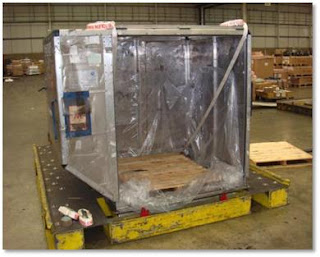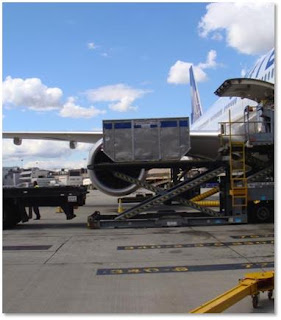The International Arts and Antiquities Security Forum (IAASF) is a leading conference and exhibition dedicated to the protection of arts, antiquities and cultural heritage. Providing those involved in the protection and safe custody of buildings, artefacts and events with an understanding of existing and emerging threats that can impact them. This year Andy Davis, Chairman of IAASF, kindly invited UKRG Committee members to attend their 2-day conference at Kensington Olympia and as a group we wanted to feedback to the membership on the insightful and interesting talks we attended.
Adversarial Threats to the Arts, Antiquities and Cultural Heritage Sectors
Professor Erroll Southers, Managing Director – Tal Global Corporation
Our first talk of the day was delivered by Professor Erroll Southers, former FBI agent in counterterrorism, Professor of Practice of Governance at University of Southern California, Managing Director in counterterrorism and infrastructure protection at TAL Global Corporation to name but a few of his achievements.
Professor Southers delivered a fascinating talk focusing on the different types of threats cultural institutions are facing in today's world. Although theft continues to be a threat we must protect ourselves against, we are now becoming targets for ideological attacks. This can be in the form of physical attacks on cultural sites or through the sale of looted property to fund causes.
To mitigate the risk of these types of attacks, Professor Southers recommended sites ‘reverse engineer the plot’ in order to understand where their weaknesses may lie. He also recommended using external consultants to find information we, as institutions, don’t think can be found.
Importance of Planned Protection – Meeting GIS Standards
William Brown, National Security Advisor, Arts Council England
William Brown attended the conference and delivered a talk on meeting GIS standards and risks to be aware of when assessing venues. Things to consider included:
- Site locations: remote locations may be at higher risk of theft as response times or even ability to respond may be significantly reduced.
- Natural forces: although not a common occurrence in the UK we should be ensuring we consider venue locations in terms of typical weather, both domestic and internationally
- Are they in an area susceptible to storms, floods, brush fires, earthquakes, volcanoes?
- Athough not common the UK has experienced forest fires in recent years
- Cyber threat: can venue information be accessed remotely? Is your site or the borrowing venue on Google Maps and how much can you see?
William also emphasized the reputational risks museums face should they be the victims of theft or damage, accidental or malicious. As an example, William discussed the recent cases of the Maple Leaf coin at the Bode Museum in Berlin and the University Museum of Bergen. Both situations were pventable using simple measures to ensure the security of collections. William highlighted the need to demonstrate a proactive, not reactive, approach to security whilst also highlighting the need for ongoing training. Museum staff need to be aware of their responsibility for museum collections and equipped with the skills and knowledge needed to protect them.
Jenni Fewery, Assistant Registrar, Science Museum


















